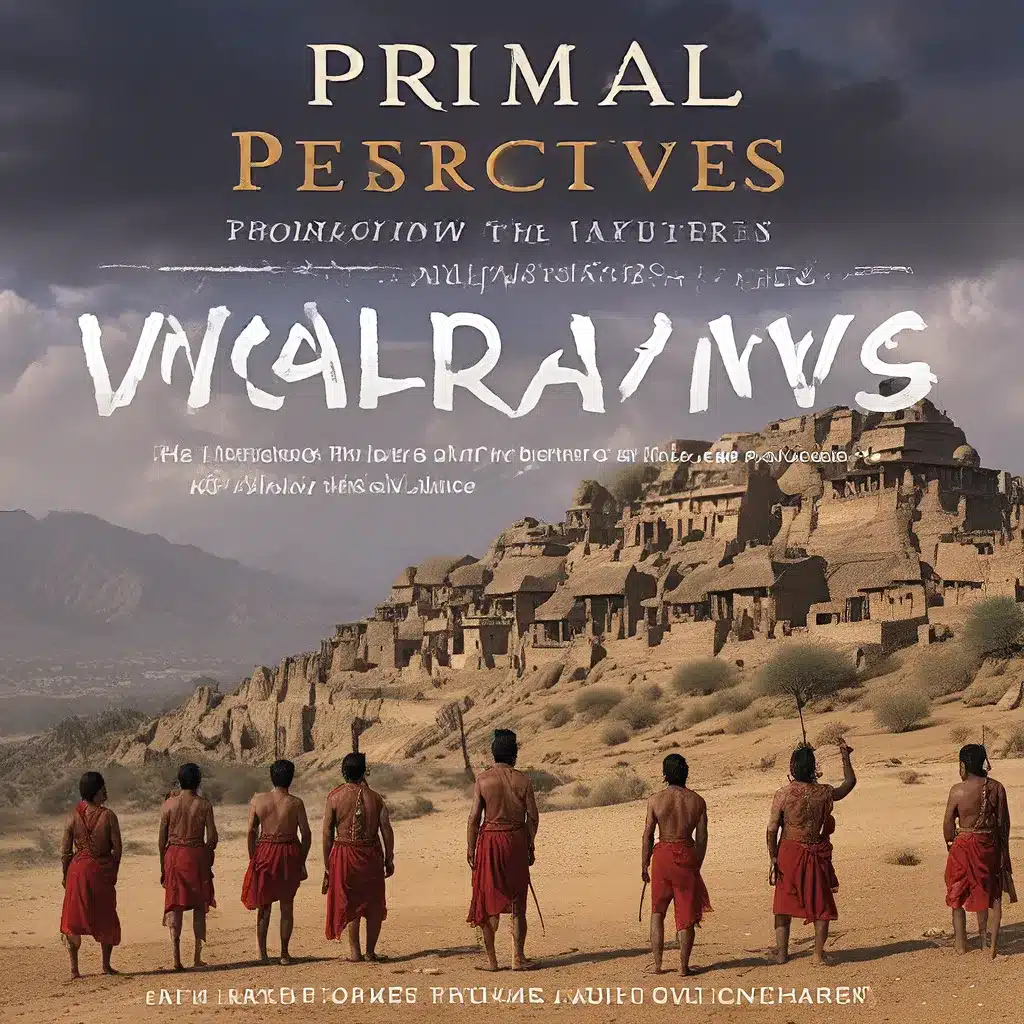
In the vast expanse of human history, there exists a tapestry of ancient civilizations that have captivated the imagination of scholars and the public alike. From the Mesopotamian empires to the Aztec metropolises, these vanished cultures have left behind a trove of artifacts, texts, and architectural marvels that offer glimpses into their unique worldviews and ways of life.
Unveiling the Past: Archaeology’s Transformative Role
Archaeology, the study of human history through the examination of physical evidence, has been instrumental in shedding light on these long-lost societies. Through meticulous excavation, analysis, and interpretation, archaeologists have uncovered a wealth of knowledge that has challenged and refined our understanding of the past.
One of the most significant archaeological discoveries in recent years is the unearthing of the Göbekli Tepe site in Turkey. Dated to around 11,500 years ago, this monumental complex predates the development of agriculture and challenges the conventional narrative of human civilization. The site’s elaborate stone carvings and massive T-shaped pillars suggest the existence of a sophisticated ritual and social structure long before the rise of the first known cities.
Similarly, the ongoing excavations of the Indus Valley Civilization in South Asia have revealed a highly organized and technologically advanced urban society that flourished alongside the ancient Egyptian and Mesopotamian civilizations. The carefully planned cities, intricate drainage systems, and standardized weights and measures found at sites like Mohenjo-daro and Harappa have forced scholars to rethink their assumptions about the development of early human societies.
Exploring Worldviews: Insights from Vanished Cultures
As we delve deeper into the archaeological record, we uncover not just the material remains of these ancient civilizations but also their unique worldviews and philosophical perspectives. These insights can challenge our own cultural biases and broaden our understanding of the diverse ways in which humans have interpreted the world around them.
The Aztec Empire, for instance, was characterized by a cyclical view of time, where the universe was believed to be in a constant state of creation and destruction. This worldview was reflected in their religious practices, which centered around the worship of deities associated with the sun, rain, and fertility. Similarly, the Mayan civilization’s numerical and astronomical knowledge was deeply rooted in their cosmological beliefs, which saw the heavens as a crucial element of their sociopolitical and ritual life.
Exploring these alternative worldviews can also shed light on the complex and often nuanced relationships between humans and their environments. The nomadic Inuit people of the Arctic, for example, have long maintained a symbiotic relationship with the natural world, viewing themselves as stewards of the land and its resources. This perspective stands in stark contrast to the more extractive and exploitative approaches adopted by many Western societies.
Challenging Assumptions: Emerging Theories and Discoveries
As the field of archaeology continues to evolve, new theories and discoveries are challenging long-held assumptions about the origins and development of human civilization. The emergence of interdisciplinary approaches, such as the integration of genetic and linguistic evidence, has shed light on the complex migratory patterns and cultural exchange that have shaped the human story.
One such example is the ongoing debate surrounding the peopling of the Americas. While the traditional narrative has long held that the first human inhabitants of the Americas arrived via a land bridge from Siberia, recent genetic and archaeological evidence suggests a more nuanced and complex picture. Theories now point to multiple waves of migration, including coastal routes and maritime voyages, challenging the dominant paradigm and forcing scholars to rethink their assumptions about the origins of the indigenous populations of the Western Hemisphere.
Similarly, the discovery of the Denisovan hominins in Siberia has revolutionized our understanding of human evolution. These archaic human relatives, who coexisted with Neanderthals and modern humans, have left an enduring genetic legacy in populations across Asia and Oceania, underscoring the complex and interconnected nature of our species’ history.
Embracing Diverse Perspectives: The Importance of Cross-Cultural Understanding
As we delve deeper into the rich tapestry of human history, it becomes increasingly clear that there is no single, monolithic narrative. Each vanished culture offers a unique and valuable perspective on the human experience, challenging us to expand our horizons and confront our own cultural biases.
By embracing the diversity of worldviews and archaeological discoveries, we can gain a richer and more nuanced understanding of the past, with implications for how we approach the present and future. This cross-cultural understanding is not only intellectually rewarding but also essential for navigating the increasingly interconnected world we inhabit.
At the heart of this exploration lies the recognition that vanished cultures are not relics of the past, but rather living legacies that can inform and enrich our own perspectives. By engaging with these alternative worldviews, we can challenge our own assumptions, broaden our horizons, and uncover new avenues for understanding the human experience in all its complexity and diversity.
As we continue to unravel the mysteries of the past, let us embrace the primal perspectives of these vanished cultures with curiosity, humility, and a deep respect for the enduring contributions they have made to the human story.


